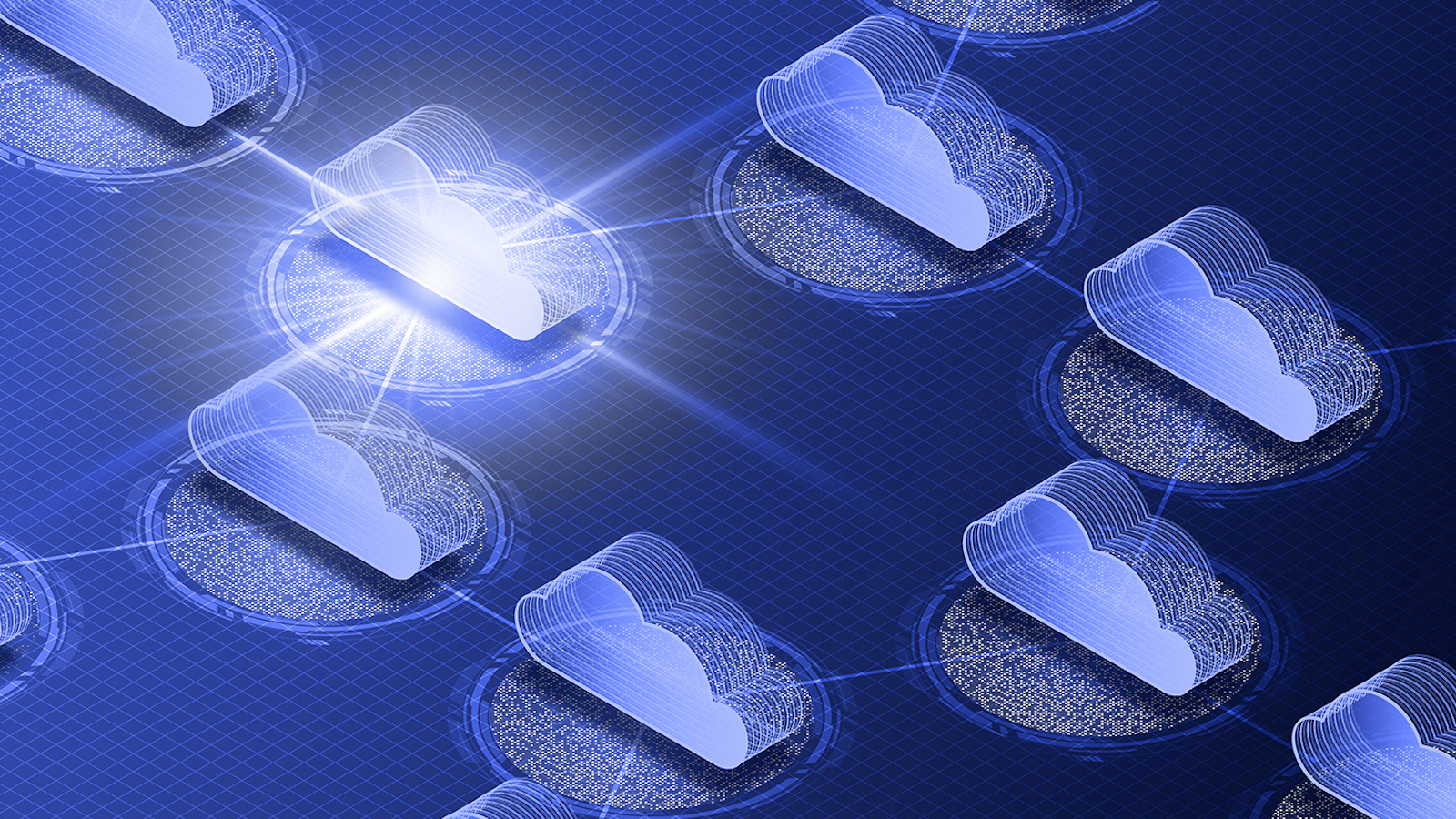Why Apache Parquet/GeoParquet is key for Cloud Geodata Management
Introduction Geodata projects typically require large amounts of data. They keep growing as projects evolve. To handle such growing amounts of data,...
TrueOcean made countless technology and business decisions during development of our new Marine Data Platform (MDP), but one of the easiest was designing it in a way that it can run on any cloud infrastructure. This technological decision has far-reaching consequences as it will enable us in the future to roll-out multi-cloud solutions connecting underwater data all over the world. But, while the decision was easy to make, creating such a cloud-agnostic Software-as-a-Service (SaaS) demanded a massive technical effort.
So why did we choose to go cloud agnostic and why don’t we just use the technical services native to different cloud providers? Well, we knew that our MDP had to engender new, innovative, and easily deployable methods to speed up marine data acquisition workflows. In addition, we are now able to leave the decision to our customer to select their preferred cloud provider for highly individual needs and then simply use our SaaS on top – the client doesn’t even need to install any TrueOcean software, they just need an Internet browser and connection. Having this technological ability allows us to place the data physically closest to the customers' offices and therefore enables the highest transfer rates and lowest latencies.
The need for speed comes from the fact that the journey of marine data from ping to actionable information is usually a painfully slow procedure. Despite the state-of-the-art nature of data acquisition, the process of sharing it with stakeholders on physical hard drives delivered by couriers is outdated. Sending it by email or commodity online storage solutions causes severe bottlenecks and security threats. These processes can introduce delays of days and weeks for data to reach the end customer, which in the coming years of expanding offshore wind development, is far too long.
Another consideration was providing a platform that could operate seamlessly and take security considerations into account. Highly valuable subsea data is sensitive, so sometimes legal restrictions come into play allowing e.g., the data only to be stored in clouds located in a specific country. Classical approaches of centralised services provided only on a specific cloud provider is – in a competitive and globalised blue economy – an outdated and in our opinion, dying approach. Being in the hands of a specific cloud vendor is risk-prone and creates lock-in effects.

“TrueOcean’s whole technology is based on the principles of scalability and parallelisation by using containerisation and decentralisation approaches. We deploy a magnitude of individual small containers for specific functionality in Kubernetes based ecosystems,” explains Jann Wendt, Founder of TrueOcean. “All big clouds have a magnitude of managed services available providing simple and easy to use solutions but enforcing vendor lock-ins. We have developed our technology based on the needs of a worldwide operating industry, meaning that we are not dependent on any single cloud provider for any part of the technology stack. This technological strategy makes our platform portable. We can create a de-centralised, multi-cloud data infrastructure for our customers without any kind of vendor lock-in all over the world.
The idea of decentralisation is a new approach based on the technological ideas of the Web 3.0. It’s new thinking in terms of how the data, compute and algorithms are handled and we are only seeing the very first industrial applications right now, so TrueOcean really is bringing something new and special to the marine sector.
To speed up marine data processes it’s necessary to get subsea data into the cloud as early as possible, but to make the most effective solution for speed and ease of access, decentralisation allows for it to be stored where it is most used or where it must stay according to regional and local regulations. Which is where the need to use multiple cloud providers for one customer comes in.
“Imagine you work for an offshore utility company with wind parks in Taiwan, the UK and the States,” explains Frithjof Hennemann, CEO, TrueOcean. “If your data is accessed globally, you don’t want it to be centralised as it will always need to be ‘delivered’ to the user.
“We want to work in a decentralised environment so the data of the wind park in Taiwan can stay in Taiwan and likewise in the UK and US. However, it can still be seen and interacted with by operators in other regions – regardless of the cloud that it is stored on. This is the special part that only TrueOcean is capable of.
“In the case of our MDP, we have incorporated the ideas regarding cloud-agnostic approaches from the very start of our development. Our aim was always to deliver a solution that operates independently of the cloud-native services provided by the cloud provider.”
There is only one way to achieve this independence and that is to build cloud-portable containerisation technologies and all layers into the platform internally. Because Kubernetes based containerisation is at the heart of the TrueOcean MDP, it is not locked in to any specific deployments, so it can operate on any cloud and multiple different clouds simultaneously, as a truly independent platform.
“Achieving a cloud-agnostic approach has required large scale technological developments, efforts and a clear vision,” says Wendt. “We had to make some hard technological decisions as we are talking about the development of the type of technology layers developed at the world’s largest ICT companies, so that we can offer the same capabilities to our customers self-sufficiently. You need great developers to do this and luckily, we have them.”
Independence has many implications for TrueOcean and users of the MDP. It enables TrueOcean to negotiate with cloud providers to get the best deal for customers, and should the promised service not be of good enough quality, the MDP can quickly be moved to another cloud. Further, in the current unsettled world climate, the TrueOcean MDP offers a choice that is independent from political decisions that could negatively affect cloud users depending on where their services are.

“A decentralised and cloud-agnostic platform like TrueOcean is a completely new paradigm of how we see the internet and cloud at work, but it’s interesting to note that some of the people we have already talked to at marine survey and renewable energy companies already had this kind of approach in mind, so our MDP while cutting-edge, is meeting a need that is already there,” says Hennemann.
In fact, multi-cloud platforms will soon become a necessity, as growth in offshore wind production capacity drives the installation of tens of thousands of new windmills globally. This calls for a streamlined marine data workflow and a dataspace that can allow the energy sector to manage and leverage value for the data collected across its network which in most cases means across borders.
While today, the TrueOcean MDP can be deployed on any cloud, the full multi-cloud aspect is in the final stages of development and is expected to be available for roll-out to customers in mid of 2023. Watch this space for more development news and insight on this unique approach to marine data management.
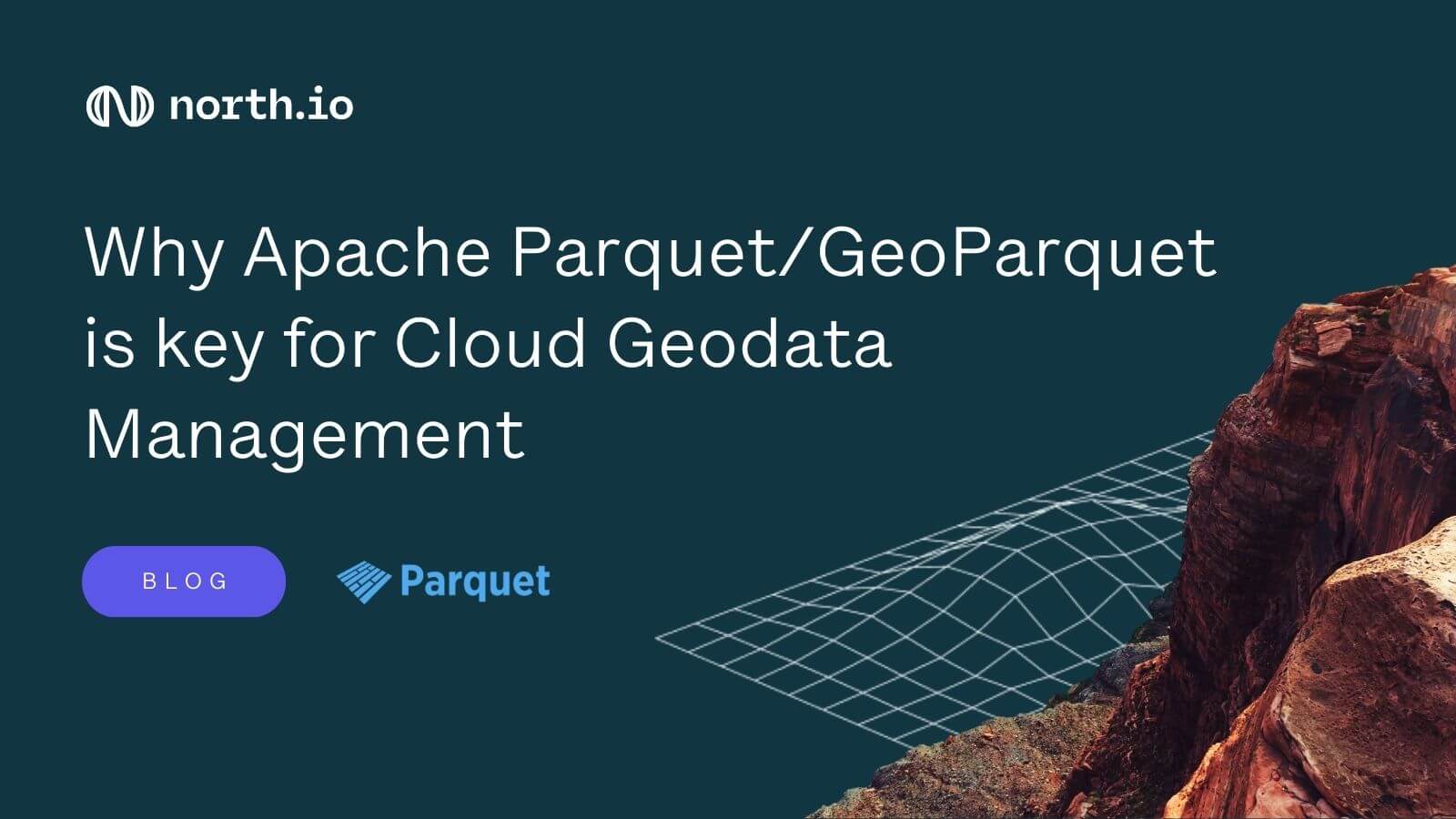
Introduction Geodata projects typically require large amounts of data. They keep growing as projects evolve. To handle such growing amounts of data,...
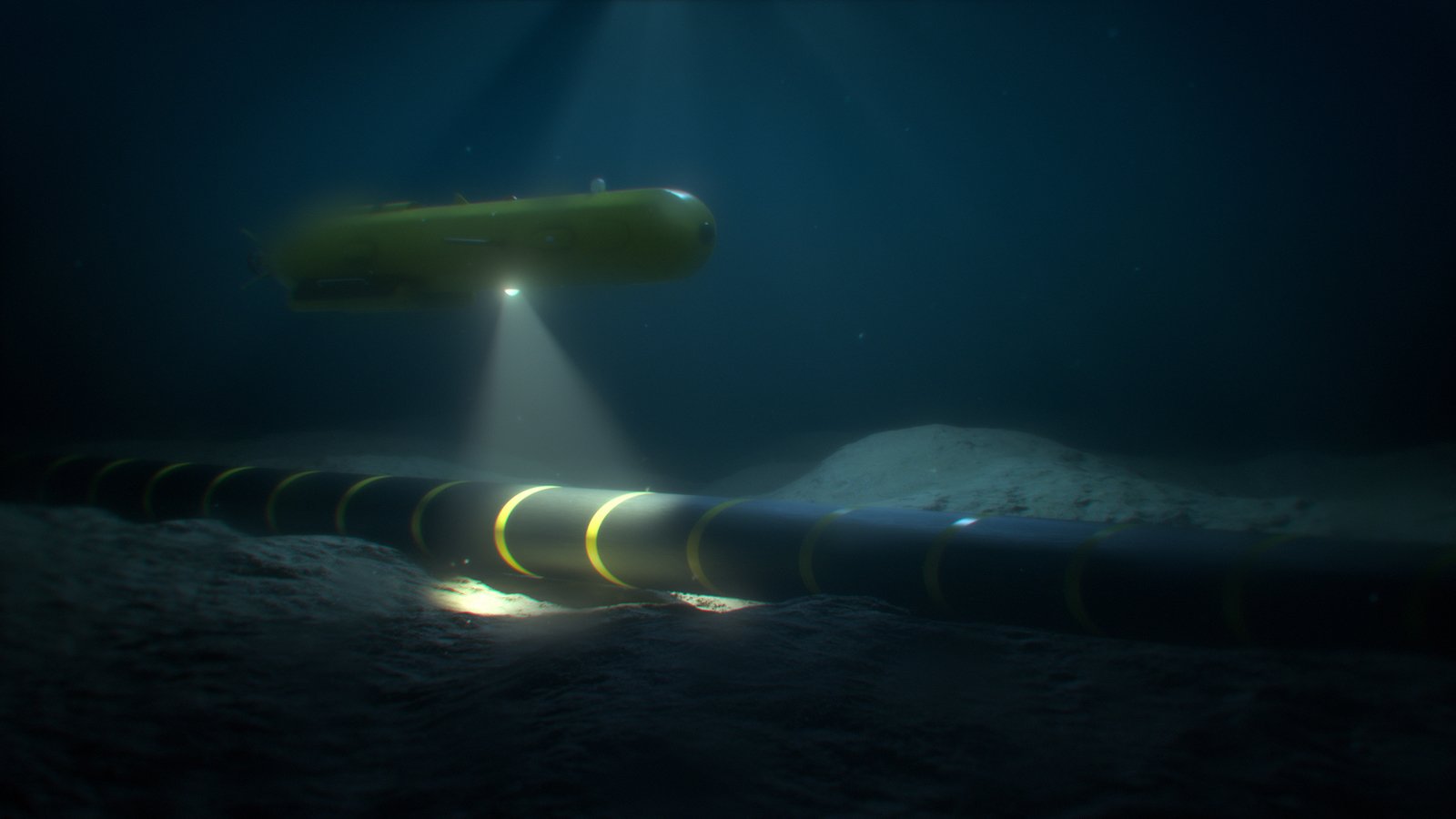
Hydro International’s New Horizons for Hydrography, but Who Will Conquer Them? article paints a positive picture for the short and mid-term future of...
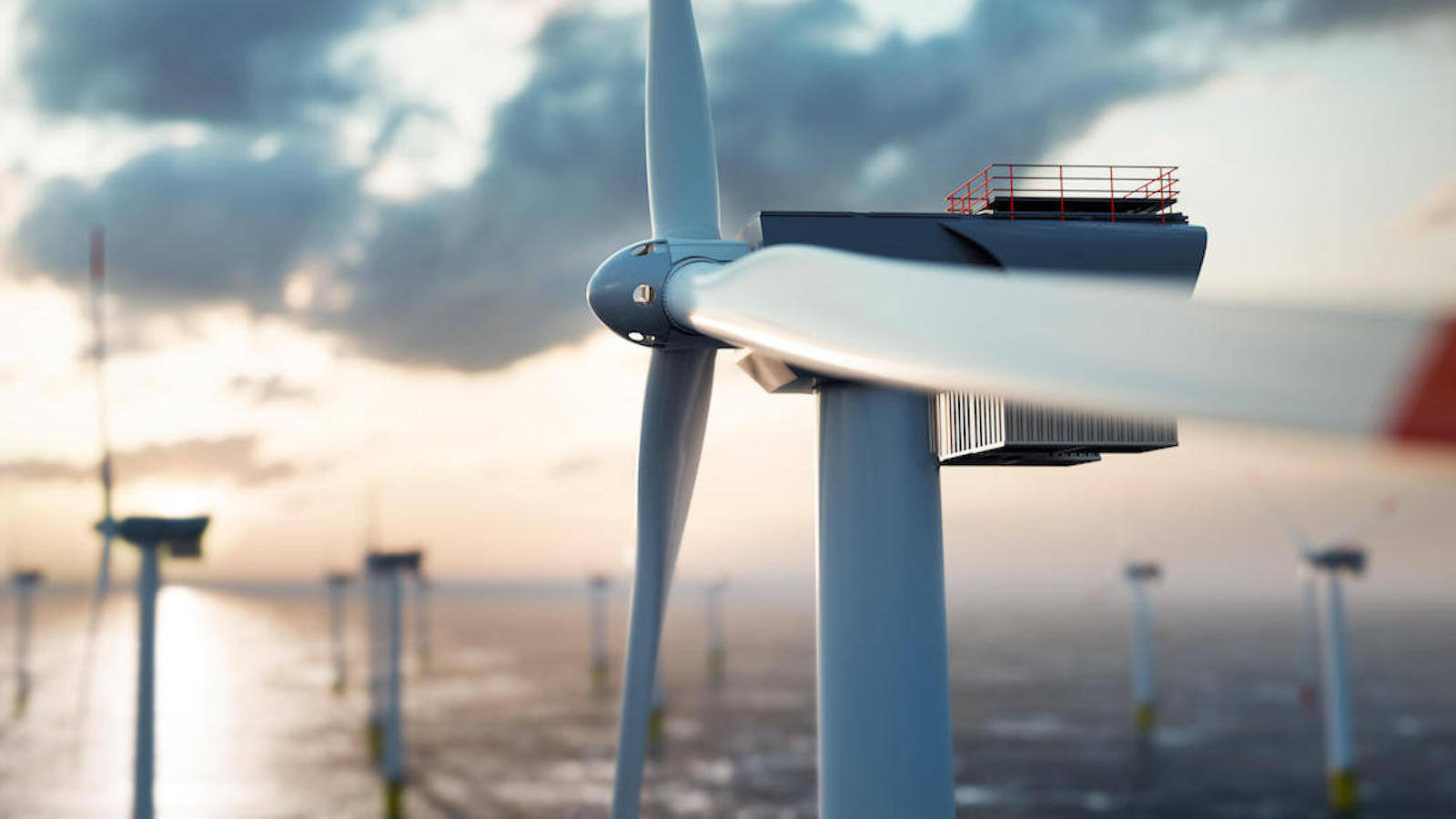
In a recent article “One Ocean Data Platform for the Whole Lifecycle of a Wind Farm”, we at north.io detailed the comprehensive capabilities and...
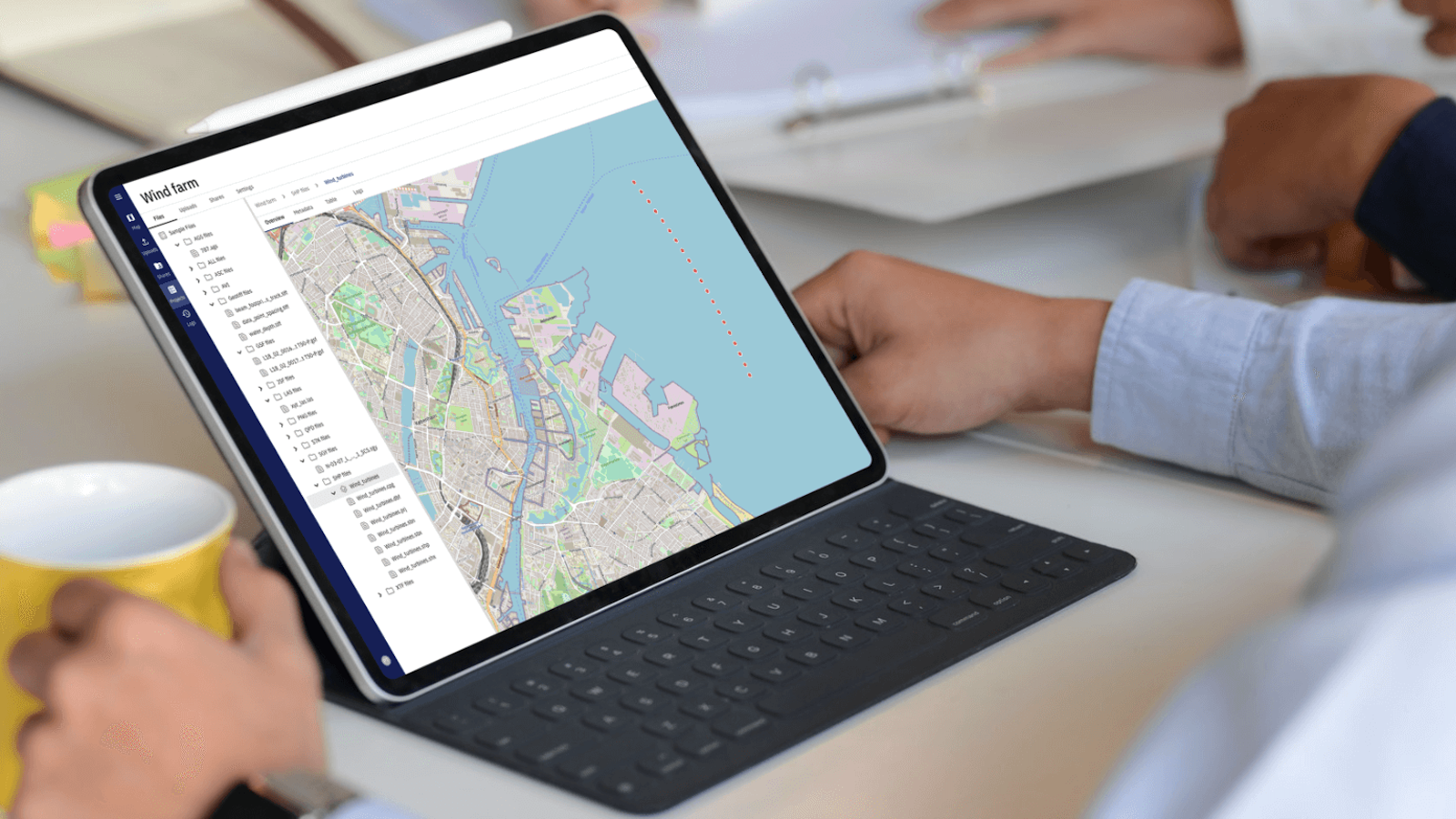
The rapid growth of offshore wind farms has led to an increased demand for accurate and reliable data and data management. The marine data could be...
